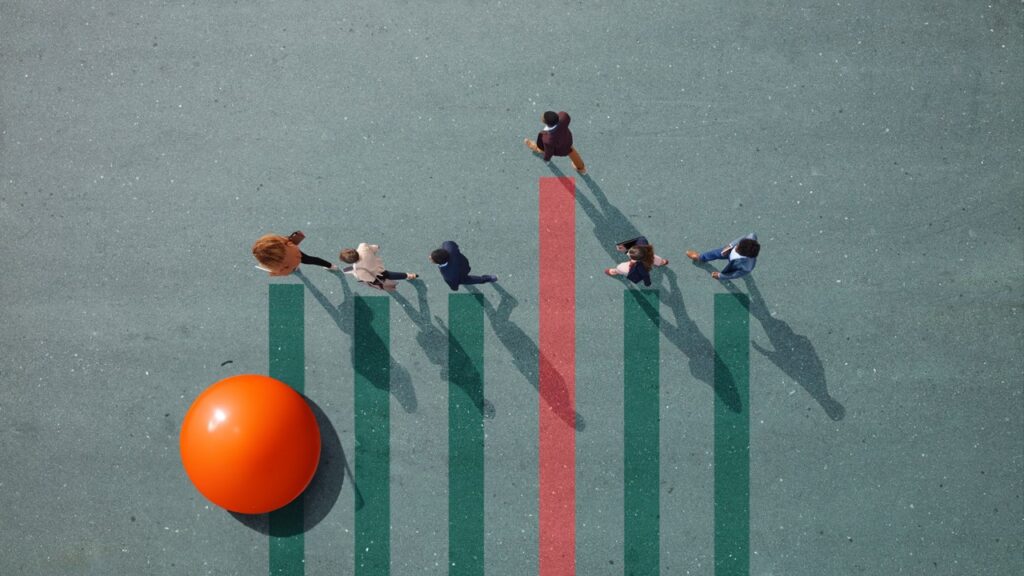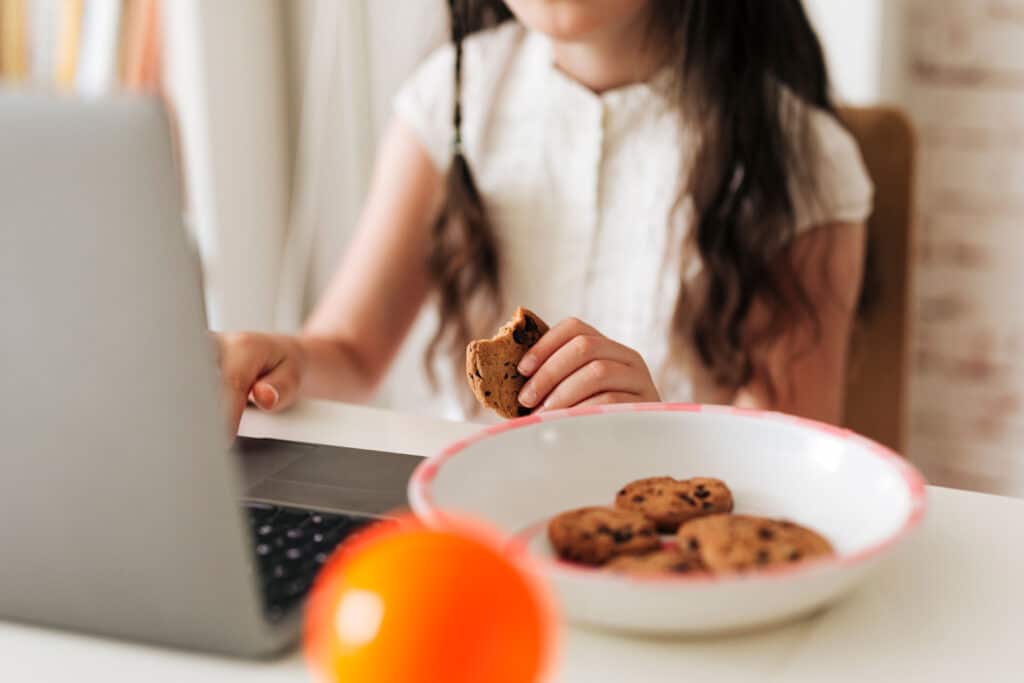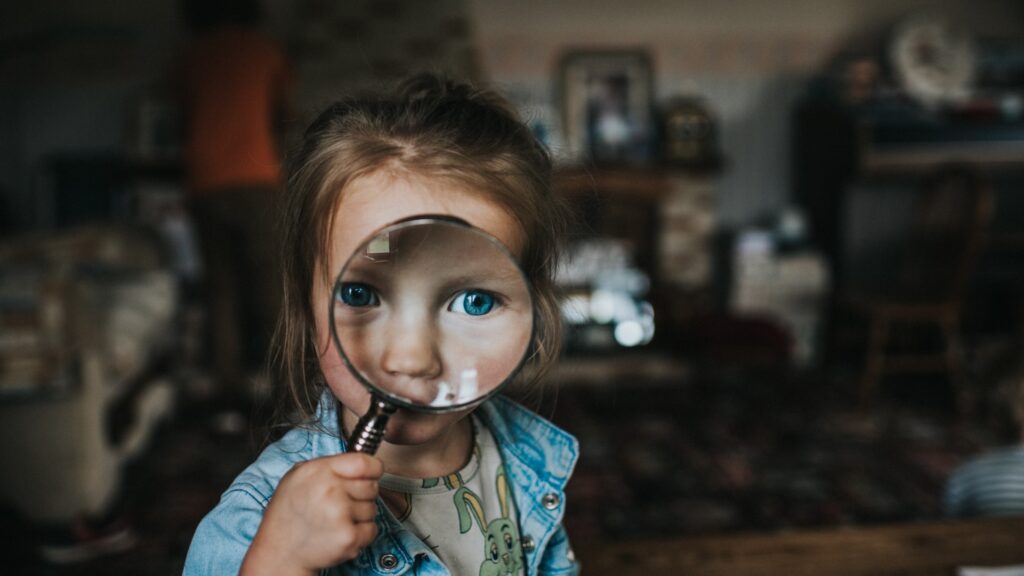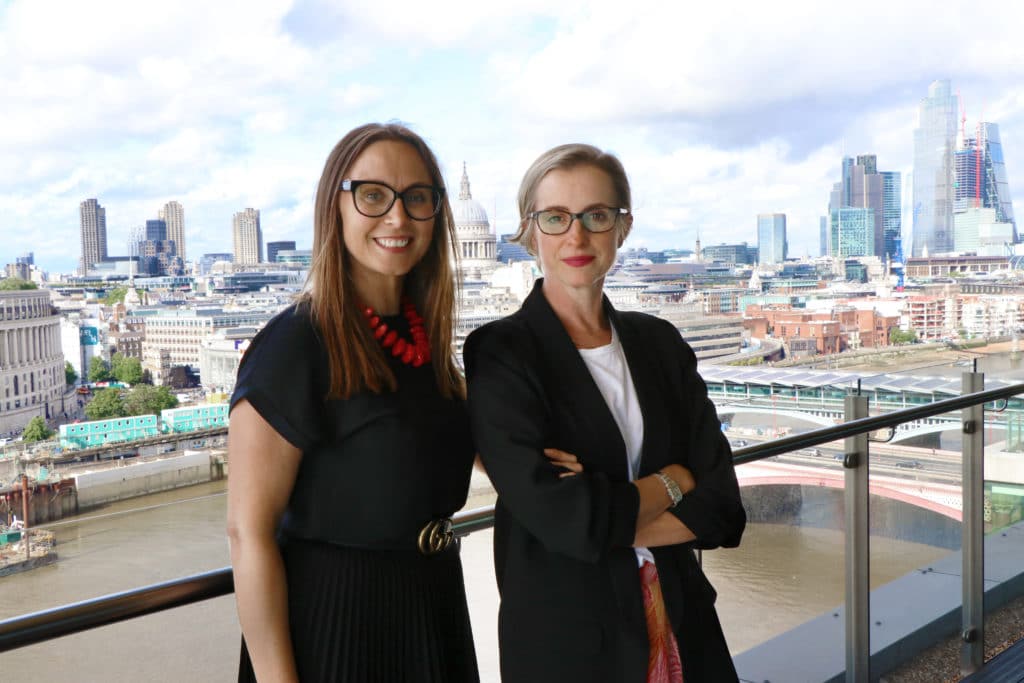Pester power is dead. Long live Neverland.
Emily Fairhead-Keen, Strategy Partner
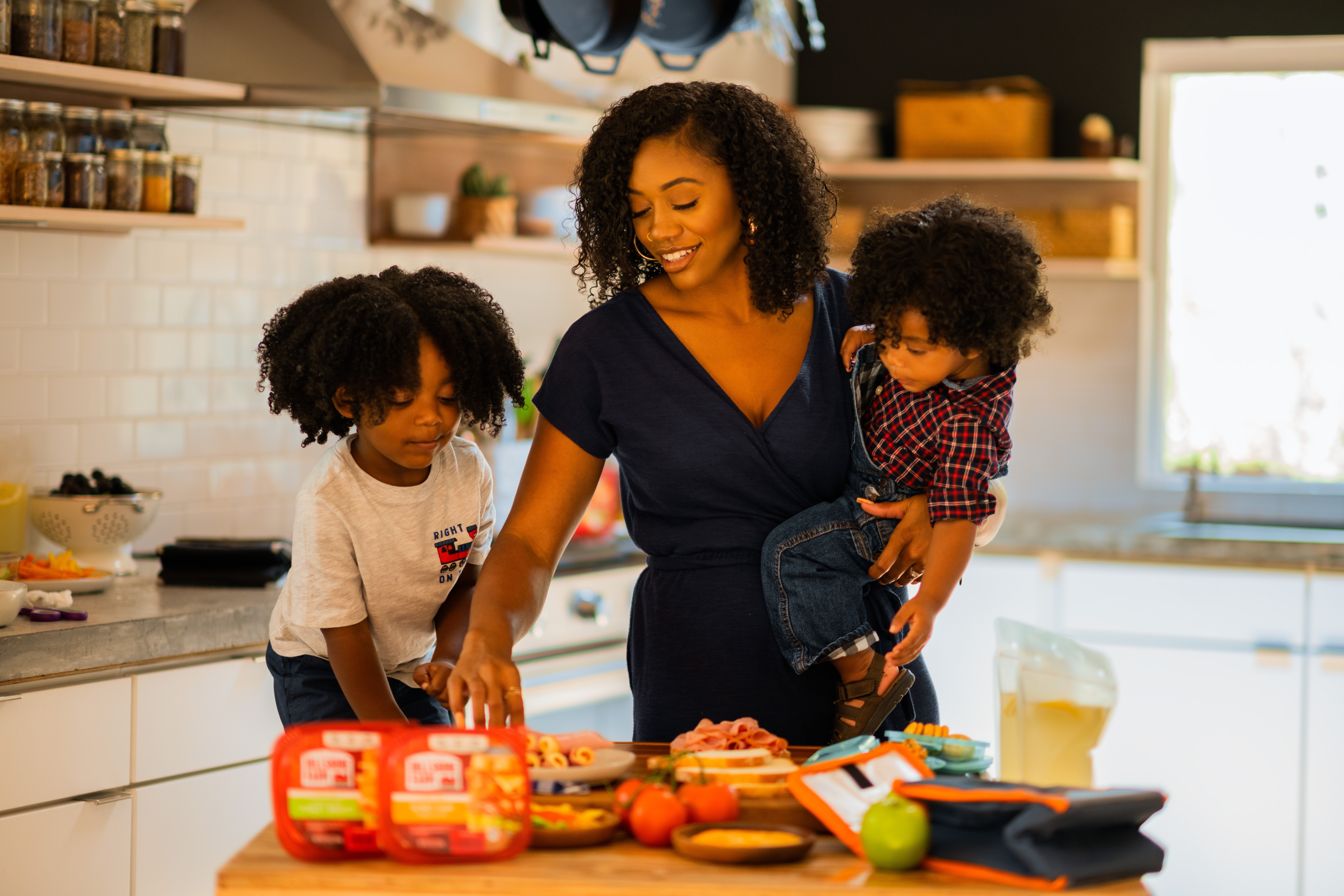
Children have never been more influential in the household when it comes to both purchasing behaviours and general household power. Research tells us children have never been more influential in the household when it comes to both purchasing behaviours and general household power.
In our work on Modern Families, a Wavemaker study to identify how family life is changing, we identified that children are showing a real influence over all aspects of life, from purchase decisions to voting choice. Generally, they are having a profound impact on the purchasing decisions across all categories from technology to groceries.
Children are becoming our educators, the voice of the future for climate change with powerful advocates in Greta Thunberg. Children are our future thinkers. Children are our moral arbiters.
In culture we’re seeing a renewed interest in what appeals to children and recognising their powers:
In policy and idea. The Mayor of London Sadiq Khan launched a unique new role in his office that will see five of the city’s children given the title of Mayor of Play. Their role – helping to create the ultimate guide to family-friendly fun in London, which will be used to help make fellow Londoners and tourists alike make the most of London.
In culture. Books about the embodiment of child – ‘fun’. Journalist Catherine Price in ‘Fun’ published in January 2022, argues that fun is the key to happiness and offers a practical guide to have more of it. Asking – When did you last feel exhilarated and light-hearted? When were you last engaged, focused and completely present? All those brilliant things children are really quite good at.
Whilst we’ve banded about terms such as ‘pester power’ as an industry, this feels out of date and a derogatory term used to describe the negative connotations of children’s influence on their parents’ buying habits. Like nagging flies which need a swat at the counter. This is an old definition which belongs to a time when children were considered a societal nuisance when no children hotels smattered England’s green and pleasant land. It is nowhere near indicative of the true power children have or of the wisdom they offer us.
It’s time we put it to bed and saw children in a new light.
What I’m not saying is an unethical approach to target more children. What I am saying is I believe we have a lot to learn from children. It’s time we embraced the wisdom and creativity of the Neverland worlds these children inhabit. Worlds which can show us how to be better creators, who show us how to be more curious, imaginative and in the now.
- Internally we must create a culture of ‘childlike’
- In our work externally we must play more to the inner child
We know an inner child lives in all of us. Psychologist Carl Jung tells us an Inner Child lives in all of us. Some even argue we’re ‘pseudo adults’ children merely in adults’ bodies.
Over the course of the pandemic, we’ve seen audiences seek comfort through their inner child during these dark times. From visiting childlike exhibitions – adults going down the hole with Alice, in the V&A’s sold-out and multi extended exhibition 2020-21. Or the ageless appeal of superheroes and astronomical success of the Marvel franchise. To the more niche but nonetheless interesting trend in crafting doll’s houses which has risen exponentially over the pandemic. ‘It’s no coincidence that all this collecting, crafting, and curating is happening now. Children play to get a sense of mastery when they are overwhelmed, and in therapy, a dolls’ house is a stage where they can ‘play out’ different things.”
Brands like Nike have already clocked the importance of including children, appreciating their children’s growing influence on the household purse with initiatives such as its imaginary sports event. But also in the importance of appealing to the inner child in blended work which appeals to both adults and children. The campaign had Niketown London at the centre and encouraged participants to bring imaginary sports to life.
Or take Lego a brand for children, but boldly appreciating the interplay between adult-child and that child can be adult and vice versa – ‘not just for children, adults are welcome’ space range and entire sub-brand strategy.
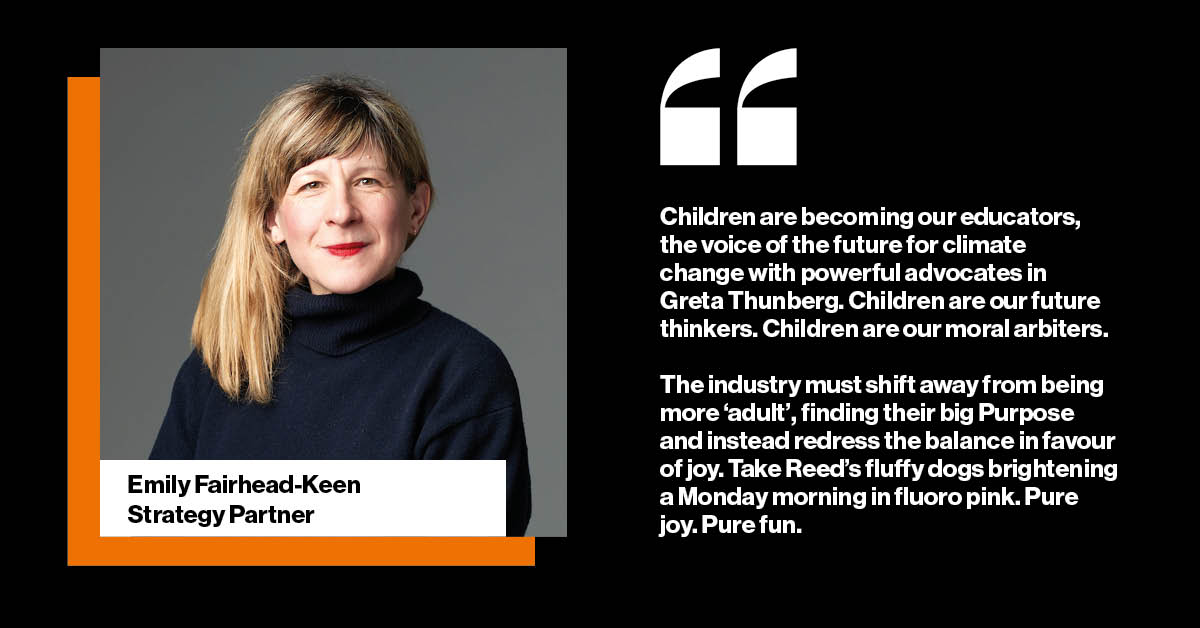
So, what should we do as an industry?
- Rethink our language and constructs around children: Respect children and the powers they have, by banishing derogatory terms such as ‘pester power’ and rewriting the rules in how we talk about them. (Think how we’re trying to smash the bloated converged ‘Over 50s term’ or ‘BAME’, well let’s smash the appended ‘HWch’ or ‘Kids’ terms, broadening our language into more considered richer naming conventions more suited to the developmental signals of an age.)
- Protect play: As Michael Rosen sites ‘we all need to get more play into our lives’. Ken Robinson, too, is a well-respected advocate for putting creativity back into the curriculum. It matters for creativity, for resilience and for so much more. Those who win in our world do so by championing a culture of play. Google and Facebook’s culture of office literal play in ping pong/passing out light sabres, and mandating employees have a day a week allocated to play. Making it formalised and practical and important – it’s something they talk about from the top down and are famous for. Play is integral to their internal and external brand identity.
- Make new playgrounds: We’re seeing an explosion of immersive 3D surround sound experiences, of ‘playgrounds’ facilitated by technology which simply is allowing us to play more. The Van Gogh immersive exhibition is one example of culture using tech well to create these new playgrounds. Technology allows us to curate new toys, carve out new play areas with our brands and wow our audiences. But it also enables us to have fun internally. Why can’t play be found in the most mundane of tasks – gamifying timesheets through the use of new technology.
- Rethink ambition: Just as Barbie can now be an astronaut or robotics engineer; brands must reassess children’s ambition and raise the bar. The Big Dreams, Little People series of biographies has reinvented the biography for children – who would have thought a biography of Dolly Parton or Frida Kahlo would have appealed to a four-year-old – but the respect given to children and the creativity in both the idea and execution is outstanding. We need to embrace children as our future thinkers and moral arbiters, as people who are ambitious.
- Be joyful: Recent research from Nielsen tries to find reason in Tik Tok’s meteoric rise and dwells nicely on its ability to appeal to the inner child. ‘For brands seeking to engage emotionally and influence culture, turning to the lighter side of life provides a new path forward. Pandemic advertising extolled the heroes of the fight against the virus, and brands shifted to a more serious, sober tone to capture the prevailing mood. But on TikTok, even the nurses were dancing – perhaps because, rather than despite, the circumstances. In uncertain times, joy becomes more important, not less.
The industry must shift away from being more ‘adult’, finding their big Purpose and instead redress the balance in favour of joy. Take Reed’s fluffy dogs brightening a Monday morning in fluoro pink. Pure joy. Pure fun.
When a magazine around designing furniture for doll’s houses for adults – Shrunk – was crowdfunded in 24 hours, you know we’re all ready to grow down a little more and head back to Neverland.
Article originally published in creativebrief




